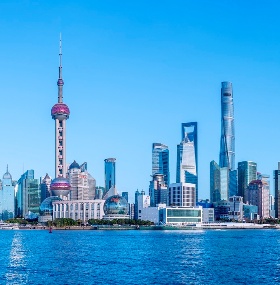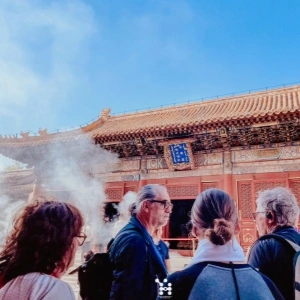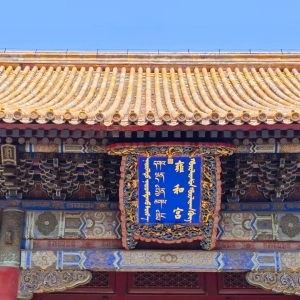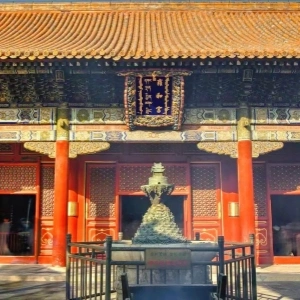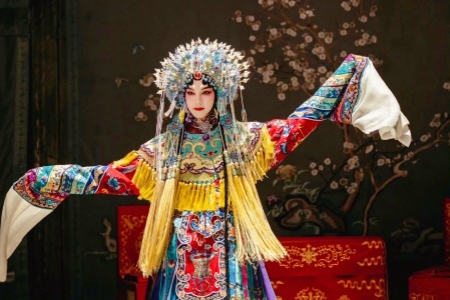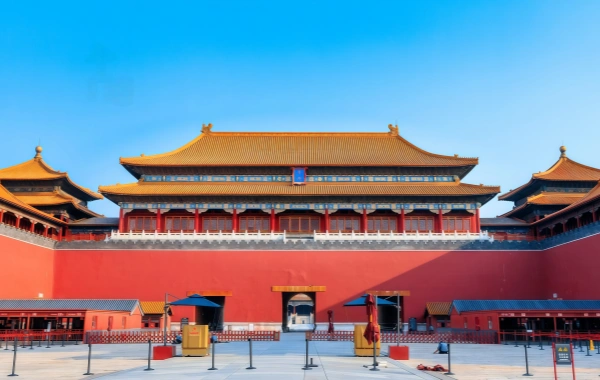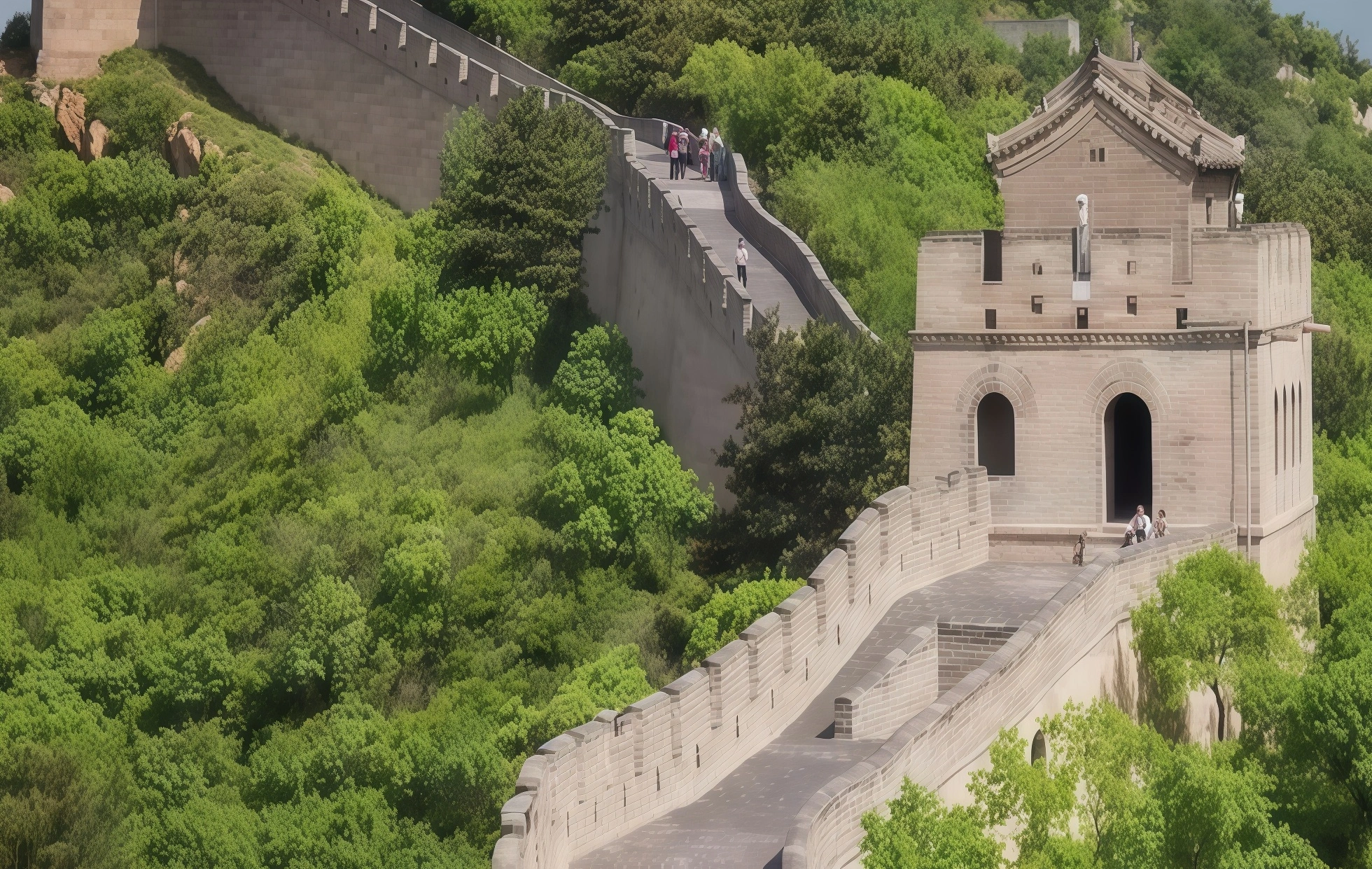Beijing, an ancient capital with thousands of years of history, attracts tourists from all over the world with its rich cultural heritage and unique urban style. As one of the iconic tourist attractions in Beijing, the Palace Museum (Forbidden City) is undoubtedly the best window to learn about Beijing's culture and history. This article will introduce you in detail how to enjoy the essence of cultural relics in the Palace Museum in Beijing, and provide some practical considerations and suggestions for Beijing tourism.
If you have any questions or would like to customize your trip, please contact us!
{tour-id-1811688473729916930,1813829116677812225}
1. Overview of the Forbidden City - The Glorious History of Royal Palaces
The Forbidden City, also known as the Forbidden City, was a royal palace of the Ming and Qing dynasties, located at the center of Beijing's central axis. Entering the Forbidden City feels like traveling back to the era of imperial supremacy. The red walls, yellow tiles, and magnificent palace complex, every brick and tile tells the glory and vicissitudes of the royal family. To visit the Forbidden City, one must first understand its overall layout and the functions of its main palaces, in order to better appreciate its architectural beauty.

The Hall of Supreme Harmony: As a venue for major ceremonies, the Hall of Supreme Harmony is the largest palace in the Forbidden City, and its grandeur and magnificence are breathtaking.
Zhonghe Hall: A place where the emperor briefly stops before attending the Grand Ceremony of the Hall of Supreme Harmony. Although not as large as the Hall of Supreme Harmony, it is equally solemn and elegant.
Baohe Hall: a place where emperors of the Ming and Qing dynasties held palace examinations and banquets. Its unique architectural style is worth a visit.
2. Appreciation of Cultural Relics - A Journey Through Thousands of Years of Art
The Forbidden City is not only renowned for its magnificent architecture, but also for its rich collection of cultural relics. Here, you can enjoy countless precious artworks up close and feel the profoundness of Chinese civilization.
Calligraphy and Painting Museum: It houses a large collection of ancient calligraphy and painting masterpieces, such as Wang Xizhi's "Preface to the Orchid Pavilion" and Song Huizong's "Lotus and Golden Rooster Painting", each of which is a national treasure level cultural relic.
Ceramic Museum: displays various types of ceramics from the Neolithic Age to the Qing Dynasty, from blue and white porcelain to powder colored porcelain, all showcasing the exquisite craftsmanship of ancient Chinese ceramics.
Treasure Museum: It houses a large collection of gold, silver, jade, jewelry, and more, each shining with dazzling light, leaving people amazed.
3. Beijing tourism precautions and travel suggestions
When visiting the Forbidden City, in addition to appreciating cultural relics and architecture, it is also important to pay attention to the following points to ensure a pleasant and smooth trip.
Beijing tourism precautions:
Book tickets in advance to avoid queuing on site.
Pay attention to protecting cultural relics and do not take photos or touch exhibits in the exhibition hall.
Wear comfortable shoes because the Forbidden City has a large area and requires a long walk.
Beijing travel suggestions:
It is suggested to arrange a full day visit to the Forbidden City to fully appreciate its essence.
Consider hiring a tour guide to gain a deeper understanding of the history and culture of the Forbidden City.
After the tour, why not head to the nearby Jingshan Park or Beihai Park to overlook the panoramic view of the Forbidden City and experience a different royal atmosphere.
Related Posts
Create Your Customized Trip
Take about 2 minutes to fill the form to tell us how you like to travel, and get a reply within 1 working day.


